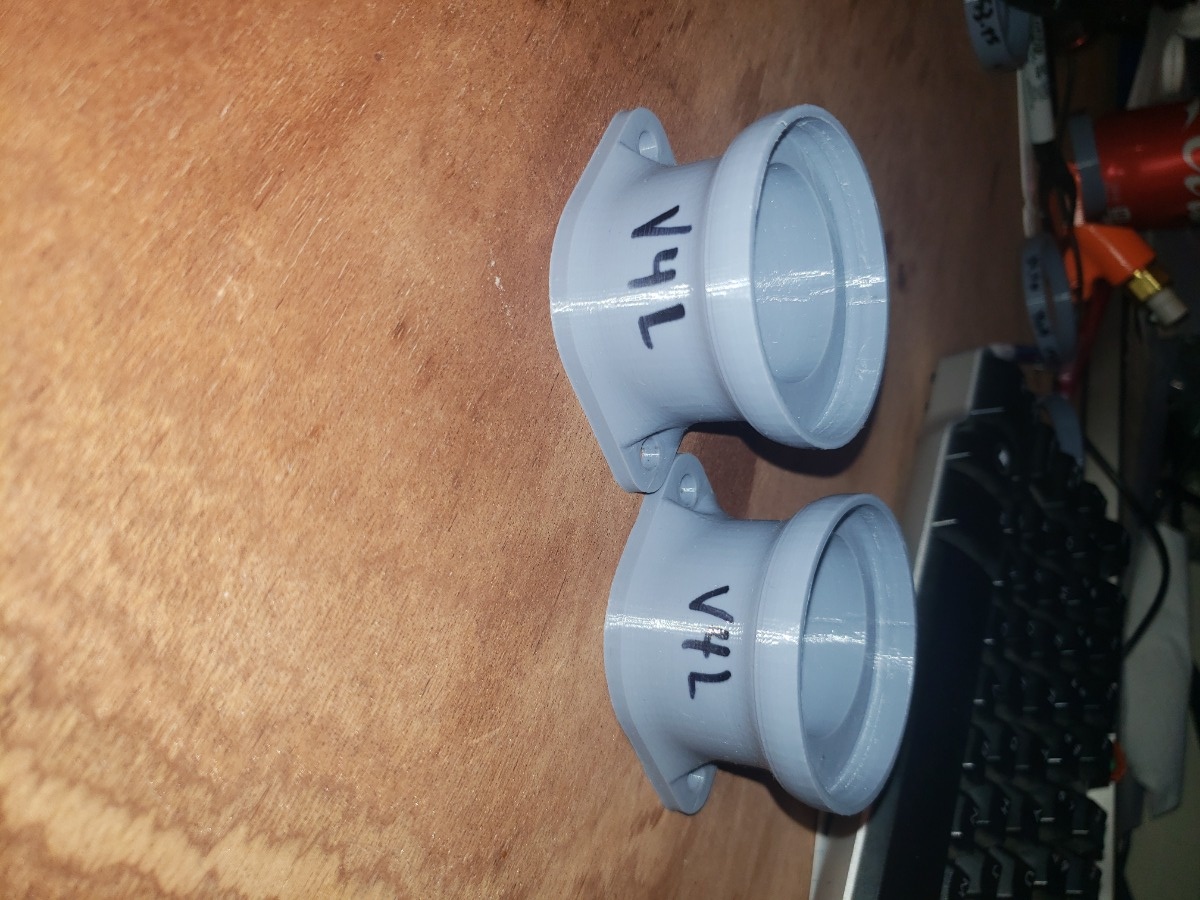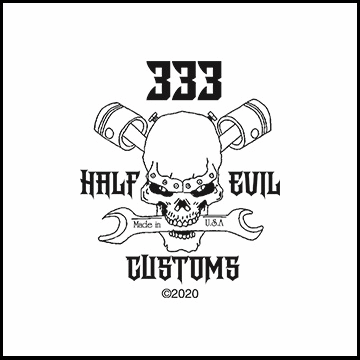Hey all,
I finally have a big chunk of time free (final exams and some other stuff came up) and am here to bring the forum up to speed on my project. I've kept up working on this project every day and documenting my progress, but have procrastinated on compiling and posting it all .... until now!
In this post I'll cover the throttle body adapter design. For this, I chose to iteratively design components and focus on refining a few aspects at time and prototyping until I had something I liked.
Before designing my actual adapters, I felt it important to gauge my 3D printer's tolerances and manufacturing capabilities. For this, I printed several rings of different ID's to see which felt best to put on and take off of the throttle body. The proper throttle body OD here is 53mm and I tested from 53.05mm to 53.25mm in 0.05mm increments. I initially liked the fit of the 53.15mm diameter and used it for V1 of the TB adapters, but later changed it. Below are some pictures of the test rings I printed. Keep in mind, 1mm is 0.040" and those increments are grasping at my printer's max resolution.
Now that I had a target ID for the TB adapter lip, I started designing. V1 was a simple design where I was checking TB fitment overall, and also checked engine fitment. This version bolted up to the engine perfectly. I chose a 4mm thickness arbitrarily for the flange, compared to the 6mm on original carb boot. Here's a pic of V1.
When designing V2 I accounted for the eccentricity of the TB outlet, pictured below. I measured the eccentricity as 3mm above the center of the outlet. In modeling this, I realized that the easiest way to implement this design would be to restart the sketch hierarchy from scratch, and subsequently moved on to V3. V2 was a transient model that was never made, just saved some dimensions.
For V3, I designed the adapter with the eccentricity, added a retaining lip for the TB, bumped ID to 53.25mm, and added fillets connecting the vertical section to the bottom flange. In this version I also changed my model to have the exact same footprint as the previous carb boots. While designing V3, I totally forgot to make the opening for the TB bigger, which is why it looks different than the other versions. Oops, It'll get fixed in the next iteration.
Whoo! TB fit onto the adapters and held with the inbuilt ring, while the adapter is fastened to the engine! That's a win. Time to move on to V4.
For V4, I re-added the eccentric opening for the TB, made the adapter taller to better accomadate the fasteners and allen keys to reach them, and then made generic Left and Right versions of each TB adapters, because the eccentricity of the throttle body and perpendicular bolt pattern between engine sides means that they'd need to be different. V4 was a success! Now to account for the different cylinder spacing vs TB spacing within adapters.

V5 took some work, and was the point where 4 seperate models were created. To properly space the adapters, I'd need 4 models anyways (Generic Left, Generic Right, and +2mm space Left/Right for each side). Since I'd need 4 models anyways, I decided to center the spacings and have each model be +/- 1mm in the appropriate direction. I also added some numbering on each to identify each adapter easily. At this point I finally bolted on one throttle body rack to the engine! I whipped up some engine spacers and finally bolted the entire throttle body rack on!
V6 was pretty much the same as previous versions, except the engine geometry was fixed so that the Tb outlet fit perfectly to the engine block. I had originally relied on my eye-crometers as judging the flange fasteners at a 45 degree angle and then realized that the proper angle was 60 degrees after measuring again. Here's V6 next to the original boot.
Engine flange - right side
All 4 V6 adapters holding the TB, which was properly spaced out 17mm.
I'll start a second part now to fit more pictures and continue the discussion.



